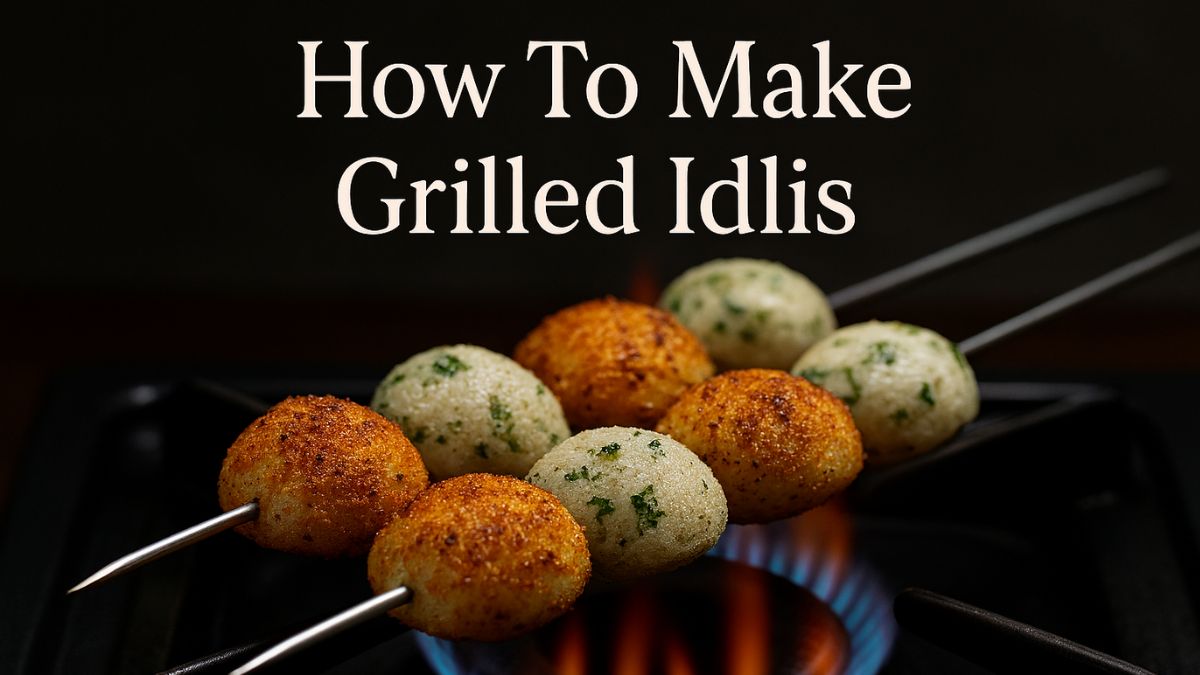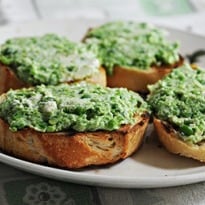This column is about learning to cook - about getting the basics right. And nothing could be more basic than the bruschetta, which is essentially a slice of grilled bread (the word derives from the Italian bruscare, meaning to char).
Sadly, its most common incarnation in British restaurants is a thick slice of mass-produced, soggy baguette topped with flavourless under-ripe diced tomatoes. The average British bruschetta is an object lesson in the importance of getting the basics right.
I tasted my first, perfect bruschetta in Umbria during the 1980s, on a chilly autumnal day. We arrived at a family friend's house after lunch and our host suggested he make us a snack. From behind the sofa he pulled out an extravagant three-foot long toasting fork and skewered it with a slice of bread. He then propped it in front of a roaring log fire.
While it was toasting, he rustled up a clove of garlic, a plump fleshy tomato, a cloudy olive, some salt and a large knife, its blade whittled to a whisker through years of sharpening. Once the edges of the bread were gently blackened, he popped it on to a plate, cut the garlic in half and rubbed it vigorously on to the toast. He then drizzled the toast generously with oil, and repeated the rubbing, this time with half the tomato. Finally, he took a generous pinch of salt and sprinkled it around the toast, grinding it between thumb and forefinger.
Great dishes are often about contrast - in flavour, texture and temperature. The deep savoury flavours of charred bread, oil and tomato combined with the sharp pepperiness of raw garlic. The hot toast mingling in the mouth with pantry-cool tomato flesh. The crispy, charred bits of toast contrasting with the centre, all soft with olive oil and pulp.
But there is a local difficulty for us Brits. While good bread, olive oil, and garlic are all possible to find, worthy tomatoes are harder to track down. If you can't find ripe, juicy specimens, leave them out altogether. Concentrate on the bread - making sure a good deal of garlic is rubbed into it and soaking it with oil - and let our toppings do the rest. Basic.
Please let us know your own favourite toppings in the comments at the bottom of this article.
Bruschetta vs crostini
Jane, my collaborator on this column, says that I must tell you about the difference between bruschetta - larger, made with sourdough, and charred over a fire - and crostini - smaller, made with white bread (often ciabatta) and toasted. She also says I should explain how bruschetta is pronounced. The answer, strictly, is with a hard "k" sound: brew-sketta. But if you do pronounce it with a "ch" or "sh" sound, make sure to do so elaborately, drawing out each syllable to really piss the pedants off (split infinitive intentional)... brooo-sheh-taah! Feel free to discuss the intonation of the "e" and regional variations online.
Smashed pea and ricotta bruschetta
Preparation time: 10 minutes
Cooking time: 5 minutes
If you can't get good quality fresh peas - which are hard to find unless you are growing your own - then frozen are fine.
Serves 6
250g peas
1 garlic clove, crushed
Zest of ½ lemon
50g pecorino (or parmesan)
250g ricotta
2 tbsp olive oil
6 slices of sourdough (or ciabatta)
1 garlic clove
Drizzle of olive oil
Salt and black pepper
1 Cook the peas in boiling salted water for 2 minutes, drain and allow to cool until warm.
2 Mix the crushed garlic, lemon zest, pecorino, ricotta and olive oil. Blend half of this mix roughly in a blender, then fold it into the other half. Season well.
3 Toast the bread on both sides either using a griddle pan or under a grill. Rub the toasted bread with the garlic clove and drizzle with olive oil. Never oil the bread first - grill the bread dry, rub with a garlic clove and drizzle with good quality extra virgin olive oil. The rough, unoiled bread is necessary to rub enough garlic off the clove.
4 Top the bruschetta with pea mix and serve.
For showing off
If you're planning a posh barbecue, you can serve these as a starter, and get extra style points by toasting the bread over the coals.
Our other favourite toppings
• As above, but with broad beans, not peas.
• Chopped, fried chicken livers with balsamic vinegar, sage and capers.
• Roasted courgettes with chilli, mint, garlic and good vinegar.
• Peperonata and goat's cheese.
• Tinned tuna with basil, anchovy and caper mayonnaise.
• Smashed anchovies with chopped rosemary and olive oil.
• Banana, black pepper and sugar (try it!).
• Mussels, leeks and bacon.
• Pureed cooked haricot beans with roasted fennel seeds, sage and garlic.
Recipe by Jane Baxter
Henry Dimbleby is co-founder of the natural fast-food restaurant chain Leon (@henry_leon). Get your kids cooking at cook5.co.uk
Fresh from toasting, the rough bread is rubbed with garlic off the clove, then drizzled with oil. Photography: Jill Mead for the Guardian.







